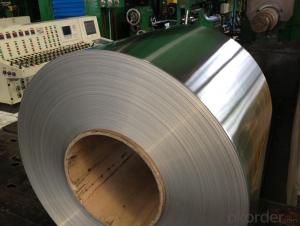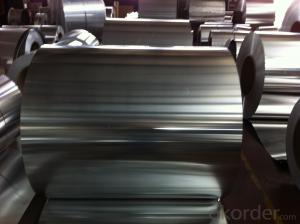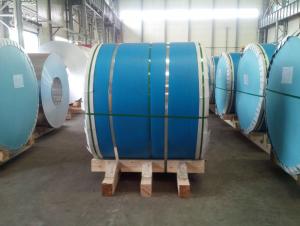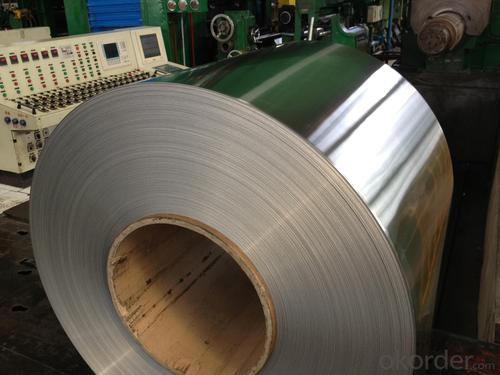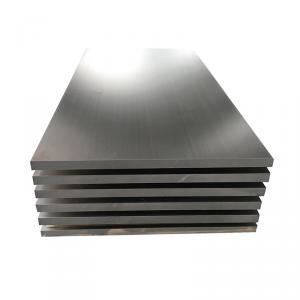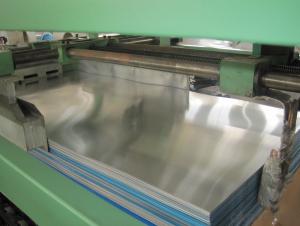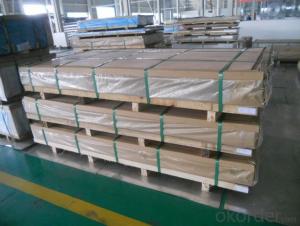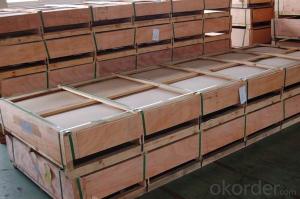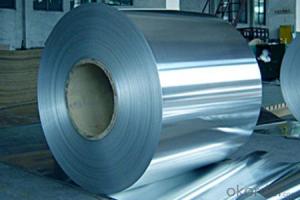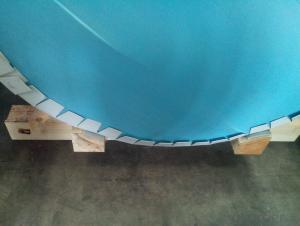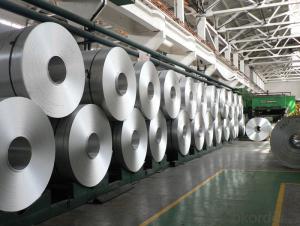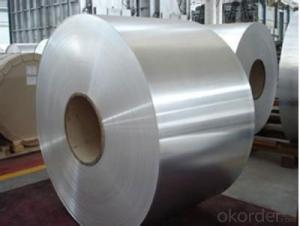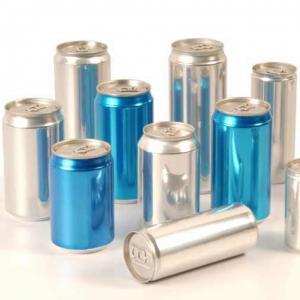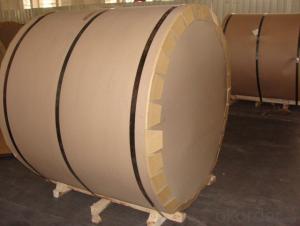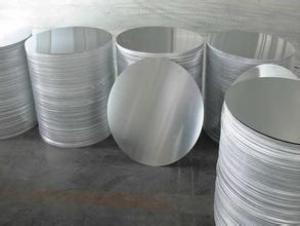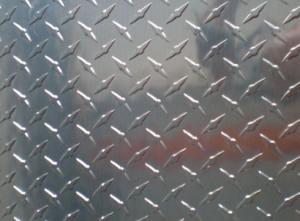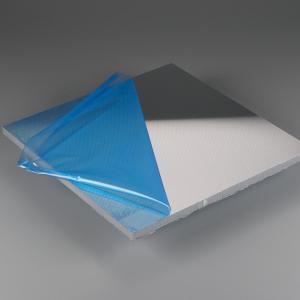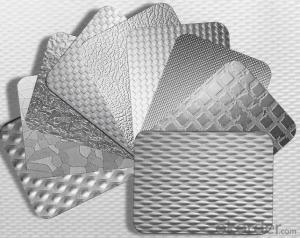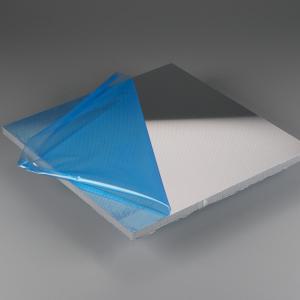Aluminum Sheets Colorado Springs - AA5182 Aluminium Coils for Can Tab Stock
- Loading Port:
- Shanghai
- Payment Terms:
- TT OR LC
- Min Order Qty:
- 20 m.t.
- Supply Capability:
- 50000 m.t./month
OKorder Service Pledge
OKorder Financial Service
You Might Also Like
Specification
1.Structure of Product Description
Aluminium Coils for Tab Stock is one semi-finished aluminium material. This strip can be used to produce aluminium tab for beverage can. The alloy AA5182 is widly used in can tab, end and can body. Its weight is much lower than steel. So many customers choosed aluminium material instead of steel.
2. Main features of the product
a.Competitive price---We have our own mills and can produce mill finished aluminium coils, so we can control the production cost better.
b.Professional after-sale service---We have more than 15 years exportation experience and you need not worry about the exporation problems.
c.Fast delivery time---We can control the delivery time within 35 days.
3. Image
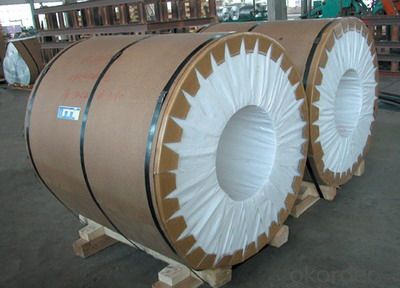
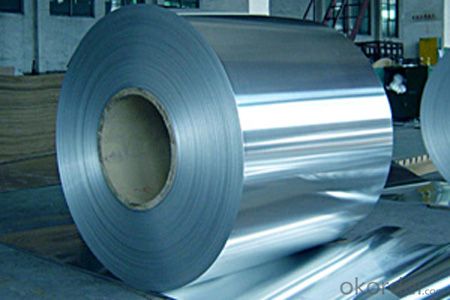

4. Product Specification
| Alloy | Temper | Thickness | Width | Weight |
| AA5182 | H19 | 0.22mm-0.26mm | 600mm-2000mm | 2tons |
5.FAQ:
What is the quality standard?
---Usually our standard is GB3880-2006
What is the largest width?
---It is 2300mm
What is the MOQ?
---Usually we can accept 20 tons.
- Q: Can aluminum sheets be used for industrial shelving?
- Certainly, industrial shelving can indeed make use of aluminum sheets. Aluminum, being a material that is lightweight and durable, offers numerous benefits for industrial shelving applications. It possesses resistance against corrosion, making it suitable for environments that face exposure to moisture or harsh chemicals. Moreover, the strength-to-weight ratio of aluminum proves advantageous, enabling the creation of robust shelves capable of supporting heavy loads while remaining relatively light in weight. Furthermore, aluminum is low-maintenance as it does not necessitate painting or sealing like other metals. Consequently, aluminum sheets are an incredibly practical option for industrial shelving due to their durability, resistance to corrosion, and lightweight characteristics.
- Q: 1 ton of aluminium=______ tons of Alumina
- Aluminium is a reactive metal and it is hard to extract it from its ore, aluminium oxide (Al2O3). Direct reduction, with carbon for example, is not economically viable since aluminium oxide has a melting point of about 2000 °C. Therefore, it is extracted by electrolysis — the aluminium oxide is dissolved in molten cryolite and then reduced to the pure metal. By this process, the actual operational temperature of the reduction cells is around 950 to 980 °C. Cryolite was originally found as a mineral on Greenland, but has been replaced by a synthetic cryolite. Cryolite is a mixture of aluminium, sodium, and calcium fluorides: (Na3AlF6). The aluminium oxide (a white powder) is obtained by refining bauxite, which is red since it contains 30 to 40% iron oxide. This is done using the so-called Bayer process. Previously, the Deville process was the predominant refining technology. The electrolytic process replaced the W?hler process, which involved the reduction of anhydrous aluminium chloride with potassium. Both of the electrodes used in the electrolysis of aluminium oxide are carbon. Once the ore is in the molten state, its ions are free to move around. The reaction at the negative cathode is Al3+ + 3 e- → Al Here the aluminium ion is being reduced (electrons are added). The aluminium metal then sinks to the bottom and is tapped off. At the positive electrode (anode) oxygen gas is formed: 2 O2- → O2 + 4 e- This carbon anode is then oxidised by the oxygen. The anodes in a reduction must therefore be replaced regularly, since they are consumed in the process: O2 + C → CO2 So, as you can see, the exact tonnage required to produce 1 ton of aluminum is very sketchy at best...
- Q: What are the weight limitations for aluminum sheets in different applications?
- The weight limitations for aluminum sheets vary depending on the specific application. Factors such as the thickness, alloy, and intended usage play a significant role in determining the maximum weight that aluminum sheets can support. It is essential to consult the manufacturer's specifications or engineering professionals for the precise weight limitations in different applications.
- Q: My frame snapped and I want to fix it by welding it back together. In order to do that, I need to know what all is in the aluminum.
- You can NOT weld back an aluminum frame unless you have the facilities to anneal and heat treat the frame again. Rewelding without the post treatments will result in a very soft area around the new weld causing sudden catastrophic failure... this means if you are riding it could fail at any time causing injury or death. EDIT: Wait just a durn minute. The 2100 and 2300 had carbon fiber tubes bonded to aluminum lugs and stays. If your bike failed then you ABSOLUTELY should not try to weld it. The heat from welding (even if you had post treatment facilities) would destroy the bond between the CF and aluminum. Fair warning- cut the frame apart and throw it away.
- Q: Can aluminum sheets be bent without cracking?
- Yes, aluminum sheets can be bent without cracking. Aluminum is a highly malleable and ductile metal, which means it can be easily shaped and formed without breaking. However, the ability to bend aluminum sheets without cracking depends on several factors such as the thickness of the sheet, the type and grade of aluminum used, and the specific bending technique employed. It is important to use proper tools and techniques when bending aluminum to ensure that it remains intact and free from cracks.
- Q: This question asks for a list of various methods used to treat the surface of aluminum sheets to improve their properties or appearance.
- <p>There are several types of surface treatment for aluminum sheets, each serving different purposes. These include: Anodizing, which creates a protective oxide layer and enhances corrosion resistance; Chemical Conversion Coating, such as chromate conversion, to improve paint adhesion and corrosion resistance; Electrolytic Polishing, which provides a smooth, shiny surface; Powder Coating, an electrostatic process that applies a durable coating; Paint Coating, offering a wide range of colors and finishes; and Mechanical Polishing, which smooths the surface and improves reflectivity. Each treatment has its specific applications and benefits, depending on the desired outcome for the aluminum sheet.</p>
- Q: What is the maximum sheet size available for aluminum sheets?
- The maximum sheet size available for aluminum sheets can vary depending on the manufacturer and specific application. However, in general, the standard maximum sheet size for aluminum sheets is typically 4 feet by 12 feet (48 inches by 144 inches). This size is commonly used in various industries such as construction, automotive, and aerospace. It is important to note that larger sizes may be available upon request from certain suppliers, but these may come with additional costs and considerations.
- Q: Are aluminum sheets suitable for cladding?
- Aluminum sheets are indeed appropriate for cladding purposes. The utilization of aluminum as a cladding material is widely favored due to its numerous benefits. Firstly, its lightweight nature facilitates easier handling and installation. This leads to a reduction in the overall weight of the cladding system and a minimization of structural loading. Secondly, aluminum showcases exceptional durability and resistance to corrosion, rendering it suitable for both interior and exterior applications. Additionally, it possesses weather-resistant qualities, ensuring that the cladding remains in optimal condition even in harsh climates. Furthermore, aluminum is an incredibly versatile material that can be effortlessly shaped and fabricated, thus allowing for a diverse range of design options. It may be painted or coated with various finishes to enhance its appearance and provide additional protection. Moreover, aluminum cladding necessitates minimal maintenance, as it does not require frequent cleaning or painting. In summary, aluminum sheets are an exceptional choice for cladding due to their lightweight nature, durability, versatility, and low maintenance requirements.
- Q: Are the aluminum sheets suitable for manufacturing heat exchanger tubes?
- Yes, aluminum sheets are suitable for manufacturing heat exchanger tubes. Aluminum has excellent thermal conductivity, corrosion resistance, and is lightweight, making it an ideal material for heat transfer applications.
- Q: How do you form curves or shapes in aluminum sheets?
- There are several methods to form curves or shapes in aluminum sheets. One common technique is called bending, where the sheet is clamped and then gradually bent using a mechanical press brake or a hammer. Another method is called roll forming, which involves passing the aluminum sheet through a series of rollers to achieve the desired shape. Additionally, aluminum sheets can be molded or pressed into curves or shapes using specialized tools or dies.
Send your message to us
Aluminum Sheets Colorado Springs - AA5182 Aluminium Coils for Can Tab Stock
- Loading Port:
- Shanghai
- Payment Terms:
- TT OR LC
- Min Order Qty:
- 20 m.t.
- Supply Capability:
- 50000 m.t./month
OKorder Service Pledge
OKorder Financial Service
Similar products
Hot products
Hot Searches
Related keywords
